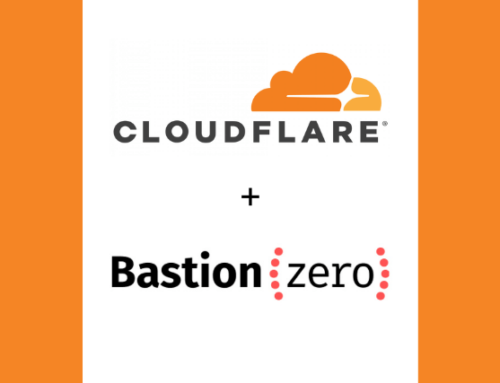Remote work, public cloud, SASE – Cloudflare, Cisco (Balancing Security, Performance, and Cost)
Securing a company-wide network is imperative for any organization. Hackers have more opportunities than ever to break through network perimeters and steal valuable information. The reality is that the perimeter is vanishing due to continued expansion for organizations of all sizes. Companies need to protect themselves from hackers who can strike from anywhere in the world.
What is a Network Perimeter?
In simplest terms, the network perimeter is the edge of what an organization has control over in terms of access to the company network. A network perimeter consists of the company network and all of the devices that can access that network. The range of the network perimeter can vary widely, depending on the organization.
Before internet use became more prevalent, devices needed to connect to an organization’s internal network in order to access the organization-wide network. A hacker attempting to access the company network would physically have to be on the company’s premise. This made defending against cyber security attacks much simpler.
With the adoption of the cloud, the network perimeter has become almost infinite. Employees can access the company network, data, and resources from anywhere they can connect to the internet. This has greatly increased productivity, but has also left organizations exposed to hackers, as attacks can come from anywhere. Users can also access their desktops utilizing remote access, which further exposes internal networks.
Properly securing the network perimeter is essential for companies to protect valuable data from potential hackers.
Securing Your Network Perimeter
Organizations have to protect nearly unlimited entry points for user access from sensors to point of sales terminals. Additionally, the amount of interactions and data that security teams need to monitor has grown exponentially. Finding and preventing cybersecurity threats has only become much more difficult. Older tactics, such as firewalls, are inadequate to protect against modern day cybersecurity threats.
Multi-Factor Authentication
Preventing a bad actor from accessing an organization’s network can be accomplished by ensuring that the user is who they say they are. In the past, one layer of authentication was enough to verify the identity of a user. Utilizing multiple layers of authentication can keep malicious users from valuable data. Some organizations have three of four layers of authentication before a user can access certain data or applications. Hackers are constantly working to break multi-factor authentication techniques. Organizations should constantly upgrade techniques to ensure user identities.
Employee Training
Social engineering cybersecurity attacks are one of the most common tactics that hackers use to gain unauthorized access to company networks. According to the 2019 Verizon Data Breach Investigations Report, about one-third of all cybersecurity breaches involve phishing. Even the most seasoned IT professionals can fall victim to a malicious email. Organizations should hold regular employee training to inform them of the newest cybersecurity threats. This effort can reduce the number of social engineering security breaches a firm falls victim to.
Utilize AI
Artificial intelligence techniques have recently become powerful enough to identify potentially malicious behaviour in massive company networks. Companies can use data from past attacks to identify users that may be targeting the organization. These AI-powered systems can aso identify anomalies in the network. For example if a user typically connects from an IP address from New York and they connect from an IP address in London, they may be a malicious user.
The network perimeter may continue to expand, which makes protecting the perimeter network even more difficult. Organizations should keep up to date on the latest cybersecurity trends to ensure the continued protection of the network perimeter.












